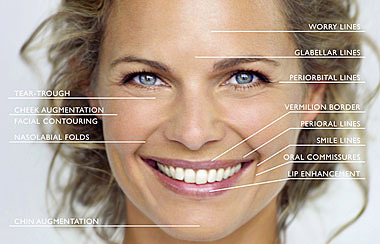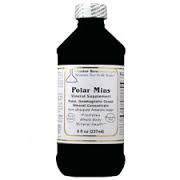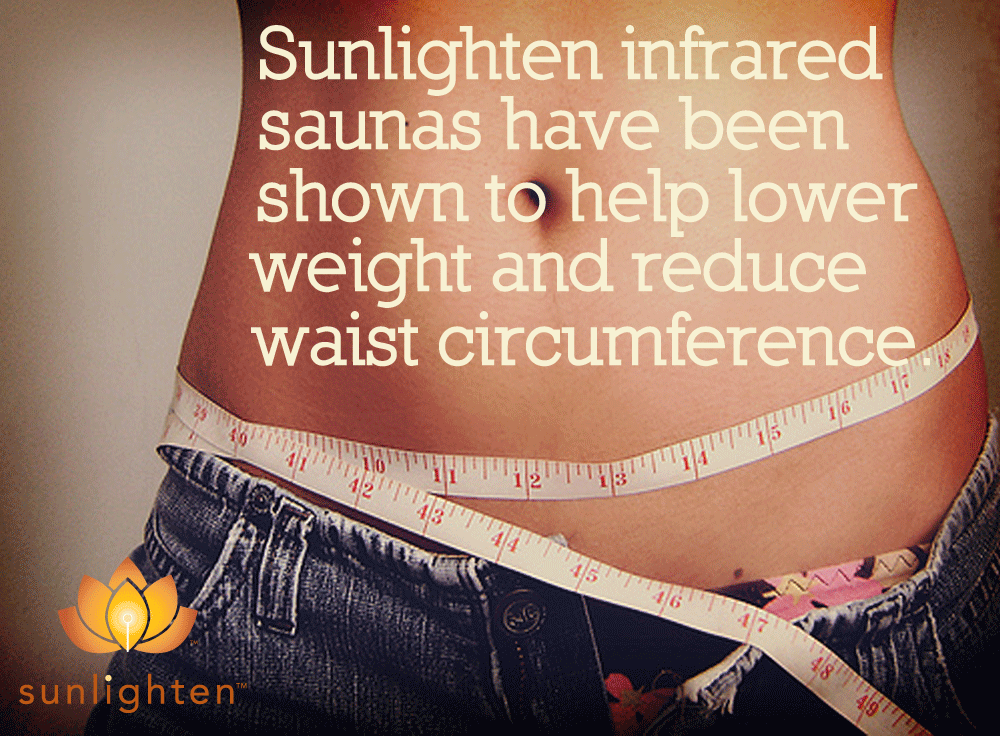The New Biological Clock: How you can turn it back
Guest Post: Thea Singer, Telomere Expert

Guest Post: Thea Singer, Telomere Expert

 “It’s at midlife when we are pulled in many directions in terms of being responsible for others, from our own children to our aging parents,” says Almeida. “It’s also a time when we’re more likely to be in management positions at work. All of these things expose us to more ‘danger’ events, the most prevalent types of stressors.” Danger events, he explains, are those that lead us to worry about the future—for example, hearing that the company’s revenues are down just when your son goes off to college, or that your mother, two hundred miles away in New Jersey, has been taken to the emergency room by ambulance. “We’re in the driver’s seat, which supposedly would give us more control,” he says. “But we also have more responsibility.”
“It’s at midlife when we are pulled in many directions in terms of being responsible for others, from our own children to our aging parents,” says Almeida. “It’s also a time when we’re more likely to be in management positions at work. All of these things expose us to more ‘danger’ events, the most prevalent types of stressors.” Danger events, he explains, are those that lead us to worry about the future—for example, hearing that the company’s revenues are down just when your son goes off to college, or that your mother, two hundred miles away in New Jersey, has been taken to the emergency room by ambulance. “We’re in the driver’s seat, which supposedly would give us more control,” he says. “But we also have more responsibility.”
Experiencing sugar cravings, fatigue or an unwanted sloth-like feeling? This one day detox plan was designed to support all of your elimination organs, with a special emphases on liver supporting foods.
Your liver is responsible for doing a large portion of the work when it comes to detoxing your body. By eating foods that help it do its job, you will be facilitating healthy and effective toxin removal.
It is important to rest and nourish yourself while you are detoxing, even if it is just for one day. Take extra time to sleep, read, meditate, do restorative yoga, take a bath or any other activities that feel like nourishment for you. The more you rest and allow your body to heal, the more effective this little detox will be.

Lemon Basil Vitamin Water
Instructions: Place your lemon slices, basil leaves and Himalayan salt in your water and allow to sit for 1-12 hours. It can be nice to make this the night before your cleanse to have waiting for you in the fridge when you wake up. The longer you let it sit, the more potent the drink will be.
Why It Works:

Green Super Smoothie
Instructions: Place all ingredients in a high-speed blender and blend until smooth.
Why It Works:

Love Your Liver Green Salad
Instructions: Place all ingredients in a bowl, toss and enjoy!
Why It Works:

Clean and Green Juice
Instructions: Run all ingredients through a juicer and enjoy!
Why It Works:

Lentil and Cauliflower Detox Soup:
Instructions: Place your lentils, cauliflower, turmeric root water and spices in a pot and bring to a boil. Allow to cook for 15-20 minutes or until your lentils are tender. Remove from the heat. Add your apple cider vinegar. Enjoy!
Why It Works:

Herbal Tea - Your choice:
Instructions: Steep your tea in 1 cup of hot water and sip slowly before bed.
Why It Works: All of the above herbs have individual health benefits, though the one thing they all have in common is they are nourishing and replenishing to the adrenals and promote calm and relaxation. The reason we recommend them is because they are all calming and soothing for the nervous system and will help you to fall asleep and rest well.
Veggies
Fruits
Fresh Herbs
Dried Herbs
Nuts/Seeds/Legumes
Grocery



 3. Liver Detox Green Smoothie:
3. Liver Detox Green Smoothie: The most complete, electrochemically charged and trace element mineral tonic in the world
The most complete, electrochemically charged and trace element mineral tonic in the world tems or roots in addition to spraying the entire food item, wait for 30 seconds and rinse thoroughly. When soaking nuts, grains, and legumes, add a few drops to the soak water. Make sure to rinse thoroughly.
tems or roots in addition to spraying the entire food item, wait for 30 seconds and rinse thoroughly. When soaking nuts, grains, and legumes, add a few drops to the soak water. Make sure to rinse thoroughly. All supplements are sold at Kasia, and may be ordered via telephone. Stop by Kasia Organic Salon for additional questions. 612 824 7611
All supplements are sold at Kasia, and may be ordered via telephone. Stop by Kasia Organic Salon for additional questions. 612 824 7611

|
|


Guest Post: Natasha Turner, N.D.

Infrared Wavelength |
Benefits |
Near Infrared |
Cell health/immunity, Wound healing, Skin purification, Pain relief |
Mid Infrared |
Pain relief, Improved circulation, Weight loss |
Far Infrared |
Weight loss, Detoxification, Blood pressure reduction, Relaxation |
A big THANK YOU (blog post guest) to Wendy from Liveto110.com

